Thrombotic ACC 100s 75 mg film-coated tablets solution / intestinal.
$20.80
Description
The instruction for medical use
of Trombo АСС® medicine
the Trade name
of Trombo of ASS ®
the International unlicensed
name Acid an acetilsalicylic
Dosage form
of the Tablet, 75 mg covered with a kishechnorastvorimy film cover
Structure
One tablet contains
active agent – acetylsalicylic acid of 75 mg,
excipients: lactoses monohydrate, cellulose microcrystalline, silicon dioxide colloidal anhydrous, potato starch,
structure of a cover: talc, triacetin, a kopolimer methacrylic acid – ethyl acrylate (1: 1) 30% dispersion (25.463 mg of suspension correspond to 7.639 mg of dry substance)
the Description
of the Tablet of round shape, with a biconvex surface, covered with a cover of white color, without line risks, almost flavourless.
Pharmacotherapeutic group
Analgetics. Salicylic acid and its derivatives. Acetylsalicylic acid.
The ATX N02BA01 code
The pharmacological
Pharmacokinetics At properties use drug is soaked up in a small intestine as has the cover resistant to effect of gastric juice. The maximum levels of drug in plasma are observed in 3 hours after its use.
Under the influence of enzymes, acetylsalicylic acid (ASK) is hydrolyzed on salicylic acid in a liver and partially in mucous a small intestine. Besides, salicylic acid glyukoronizirutsya in a liver. Owing to fermental esterazny activity, concentration of acetylsalicylic acid in plasma quickly falls whereas concentration of the main metabolite – salicylic acid – increases and reaches a maximum in 4 h after administration of drug.
Distribution of acetylsalicylic acid and salicylic acid in fabrics and liquids of an organism is carried out by mainly passive diffusion which depends on the pH level and concentration. Therefore salicylates collect in fabrics with low PH values.
The volume of distribution of salicylates depends on a dose. At the use of low (antitrombotichesky) doses it is about 0.2 l/kg that demonstrates mainly extracellular distribution in connection with high linking with proteins of blood plasma – from 89 to 90%.
The half-life period of acetylsalicylic acid in blood is from 15 to 20 min. Acetylsalicylic acid is exposed to full transformation and therefore it is brought out of an organism only in the form of metabolites with urine. At the use of therapeutic doses of acetylsalicylic acid, its primary metabolite – salicylic acid is found in urine, mainly in the form of a glycine conjugate (salitsilmochevy acid – 75%) and also in the form of ether and radio glucuronides (from 5 to 10% and as free salicylic acid (10%).
Increase in pH of urine, for example, at bicarbonate infusion, considerably increases removal of salicylates (in 5-10raz).
The pharmacodynamics
Acetylsalicylic acid is non-steroidal anti-inflammatory drug. When assigning low doses (30-300 mg) the main mechanism of effect of acetylsalicylic acid is the cyclooxygenase enzyme inactivation therefore synthesis of prostaglandins, prostacyclins and thromboxane from arachidonic acid is broken. Irreversible disturbance of synthesis of A2 thromboxane in thrombocytes causes antiagregantny effect of acetylsalicylic acid. Besides, acetylsalicylic acid blocks reaction of release of thrombocytes as a result of which a large amount of the substances also capable to cause aggregation of thrombocytes such as ADF (adenosinediphosphate), serotonin, factor of activation of thrombocytes, etc. is distinguished. In doses 30-300mg ASK effectively inhibits a thrombogenesis on damaged
endothelia of a vascular wall, preventing growth of platelet blood clot. Thus, the antithrombocytic effect
of acetylsalicylic acid directed to prevention and treatment of the diseases connected with the increased aggregation of thrombocytes is shown. Drug improves functions of thrombocytes at patients with cerebral and vascular diseases, peripheral diseases of arteries, coronary heart disease (including a myocardial infarction) and other vascular diseases. Besides, acetylsalicylic acid reduces the phenomena of a thrombembolia and reduces quantity of restenoses at patients after heart surgeries.
Indications
– reduction of risk of a myocardial infarction at patients with coronary heart disease
– prevention of aggravations after a myocardial infarction
– prevention of thromboses after vascular operations, for example, after operation on coronary shunting
– secondary prevention of the passing disturbances of cerebral circulation
– prevention of cardiovascular disturbances at the patients having diabetes and having the increased risk of cardiovascular diseases
the Route of administration and doses
of the Tablet Trombo of ASS covered with a kishechnorastvorimy film cover should be accepted inside, without chewing, washing down with a small amount of liquid. The recommended dose at above-mentioned indications makes 75 mg once a day. It is not required from elderly patients of dose adjustment. To children 16 years at the rate of 1 mg/kg of body weight are more senior. The course of treatment is appointed by the doctor.
Side effects
– hypersensitivity reactions (urticaria, dacryagogue, a spasm of bronchial tubes, rhinitis, a Quincke’s disease, an acute anaphylaxis)
– disturbances from digestive tract (nausea, vomiting, heartburn, diarrhea, an abdominal pain)
– the inflammation of digestive tract, an ulcer of a mucous membrane of a stomach and duodenum which are extremely seldom potentially leading to gastrointestinal bleedings and perforation with the corresponding clinical laboratory symptoms
– hemolysis and hemolytic anemia at patients with severe forms of insufficiency dehydrogenase glyukozo-6-phosphate
– the concealed gastrointestinal hemorrhages capable to lead to an iron deficiency anemia
– sonitus, a disorder of vision
– lengthening of a menstrual cycle
– provocation of attacks of bronchial asthma
– a leukopenia, aplastic anemia, an agranulocytosis, an eosinopenia, thrombocytopenia, the IDCS
– an albuminuria, a leukocyturia, a hamaturia, a nephropathy
– at long therapy by high doses of drug are possible disturbances from kidneys, dizziness, a ring in ears, digestive tract ulcers, bleeding, increase in activity of hepatic transaminases.
Contraindications
– hypersensitivity to salicylic acid and its derivatives
– digestive tract erosive cankers in an aggravation stage
– bleedings, disturbance of blood clotting, hemophilia, an angiohemophilia, a teleangiectasia, thrombocytopenia
– bronchial asthma (including aspirinovy asthma)
– a nephrolithiasis, a heavy liver and renal failure
– a prothrombinopenia
– deficit glyukozo-6-fosfatdegidrogenazy
– the third trimester of pregnancy
– the lactation period
– children’s age up to 16 years
– hemorrhagic diathesis
– heavy heart failure
– the combined use with a methotrexate in a dose of 15 mg a week and
more Medicinal interactions
Acetylsalicylic acid strengthens
– therapeutic effect of anticoagulants (derivatives of coumarin and heparin)
– risk of gastrointestinal bleedings at simultaneous use with corticosteroids or alcohol
– concentration of digoxin, lithium barbiturates in plasma
– therapeutic action of oral hypoglycemic means, a sulphonylurea class
– therapeutic and undesirable effects of nonsteroid antirheumatic drugs, a methotrexate and Phenytoinum
– effect of antimicrobic sulfonamides, including co-trimoxazole
– effect of triiodothyronine
Acetylsalicylic acid suppresses action
– antagonists of Aldosteronum (Spironolactonum)
– loopback diuretics (furosemide)
– antigouty and gipourekimichesky drugs (probenetsid, Sulfinpyrazonum)
In need of complex use of Trombo of ASS and above-mentioned drugs the interval between them has to make not less than 1-3 hours.
Simultaneous use of acetylsalicylic acid and inhibitors of a karboangidraza (acetazoleamide) can increase concentration of inhibitors of a karboangidraza in serum as a result of kompetetsionny suppression of their discharge through renal tubules (symptoms of side effect, for example, a metabolic acidosis can amplify). Inhibitors of a karboangidraza can increase toxicity of salicylates also.
ASS should appoint special instructions of Trombo with care in the following cases:
– anamnestic data on hypersensitivity reactions to use of NPVS
– erosive and ulcer and inflammatory diseases of digestive tract out of aggravation
– functional disturbances from a liver or kidneys
– the accompanying use of antitrombotichesky drugs
– a prothrombinopenia in the anamnesis
– vitamin K nedostochnost
– thrombocytopenia
– at combined use with
ASK anticoagulants can provoke a bronchospasm and also cause attacks of bronchial asthma and other reactions of hypersensitivity. It is necessary to stop Trombo’s reception ASS in 5-7 days prior to the planned surgery, in connection with change of fibrillation and the increased risk of bleedings.
It is careful to accept in a case: plentiful menstrual bleeding, use of intrauterine contraceptives.
Blood clot ASS reduces discharge of uric acid that can cause a gout attack in the patients having predisposition to this disease.
Patients with a congenital lactose intolerance should not apply Trombo of ASSORTMENT.
At the Trombo drug treatment ASS is not recommended to take alcohol as it increases risk of strengthening of side effects from digestive tract.
Use in pediatrics
Exists interrelation between administration of drug and development of a syndrome to Reja when using at children with certain viral diseases. The risk can be increased, at the combined use of the drugs containing ASK, however relationship of cause and effect was not revealed. Development of persistent vomiting in such diseases can be sign of a syndrome to Reja.
The syndrome to Reja is very rare disease which causes damage of a brain and liver and can have a lethal outcome.
Pregnancy
Inhibition of synthesis of prostaglandins can make negative impact on pregnancy and development of an embryo or fruit.
Data of epidemiological researches confirm the increased risk of development of defects and malformation at use of inhibitors of synthesis of prostaglandins on the early periods of pregnancy. At the same time believe that the risk increases at increase in a dose and duration of treatment. Available data do not confirm any interrelation between use of acetylsalicylic acid and increase in risk of premature termination of pregnancy. Available epidemiological data concerning development of malformation are contradictory, however, it is impossible to exclude the increased risk of development of a gastroshizis.
Prospective use of ASK in the early period of pregnancy (1-4 month) at 14.800 women/children did not reveal any association with the increased frequency of development of malformation.
Researches on animals showed reproductive toxicity. Prescribing of the drugs containing acetylsalicylic acid in the first and second trimesters of pregnancy is not shown until it is not dictated by distinct need.
Taking into account it in the first and in the second pregnancy trimesters drug can be used only after carrying out a ratio by the doctor of careful assessment risk/advantage.
At use of the drugs containing acetylsalicylic acid the woman during conception or in the first and in the second trimester of pregnancy, it is necessary to apply lower dose of drug and to conduct a short course of treatment.
In the third trimester of pregnancy all inhibitors of synthesis of prostaglandins can cause in a fruit:
Cardiopulmonary toxicity (with premature closing of a botallov of a channel and pulmonary hypertensia),
Dysfunction of kidneys which can progress to a renal failure in an oligoamnios,
at mother and a fruit at the end of pregnancy:
Possible increase in a bleeding time, anti-aggregantny effect which can arise even at small doses
Suppression of sokratitelny uterine activity that can lead to a perenashivaniye or to long childbirth
In this regard ASK is contraindicated to use in the third trimester of pregnancy.
Whether features of influence of medicine on ability to run the vehicle potentially dangerous mechanisms.
Influence is noted.
The overdose
is Almost improbable because of the low content of active ingredient in a tablet.
Symptoms: nausea, vomiting, sonitus, general malaise.
Treatment: provocation of vomiting, activated carbon, laxatives, in acidosis it is necessary to enter sodium bicarbonate intravenously.
A form of release and packing
On 10 or 20 tablets in blister strip packaging from a film polyvinylchloride opaque white color and the printing aluminum foil varnished.
On the 3rd blister strip packagings (on 10 tablets) or 5 blister strip packagings (on 20 tablets) together with the instruction for medical use in the state and Russian languages place in a pack from cardboard.
To Store storage conditions at a temperature not above 25 °C, in the dry, protected from light place.
To store out of children’s reach!
A period of storage
3 years
not to use drug after expiry date.
Prescription status
Without prescription
the Producer
“G.L. Pharma GmbH.”, Industriestraße 1, A-8502 Lannach, Austria
the Owner of the registration certificate
of OOO “Valeant”, Russia
the Address of the organization accepting in the territory of the Republic of Kazakhstan claims from consumers on quality of products
Representative office of OOO “Valeant” in RK
Kazakhstan,
050059, Almaty, Al-Farabi Avenue, 17, Block 4B, room 4-4B-11
Phone number 3 111 516 Fax 3 111 517
Eletronnaya Develop mail Office.KZ@valeant.com
Additional information
| Ingredient |
|---|





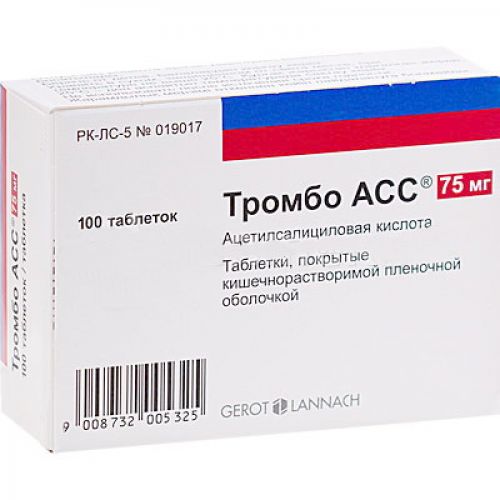

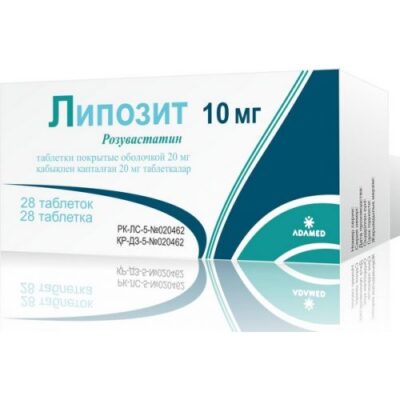
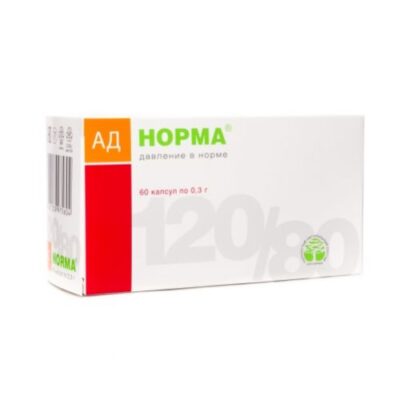
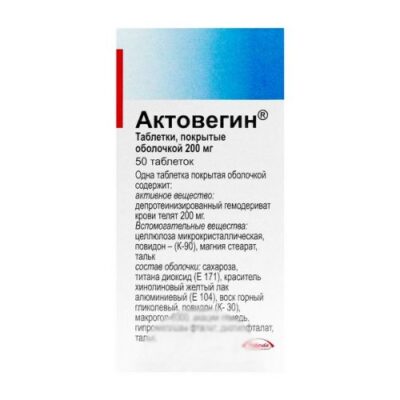
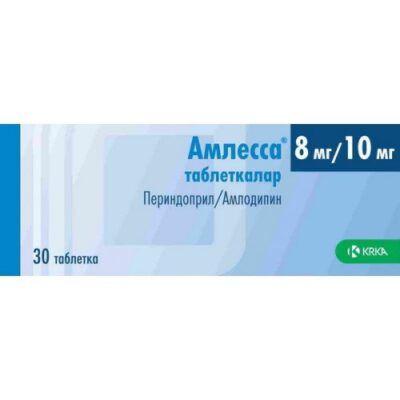
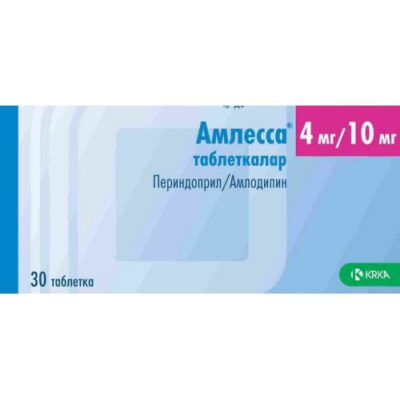
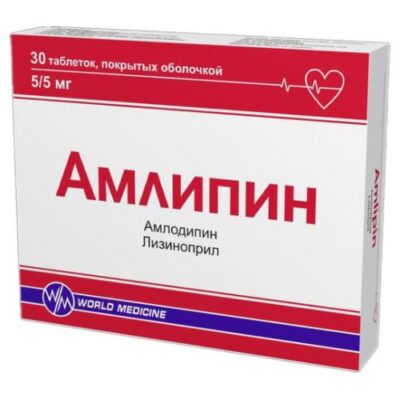
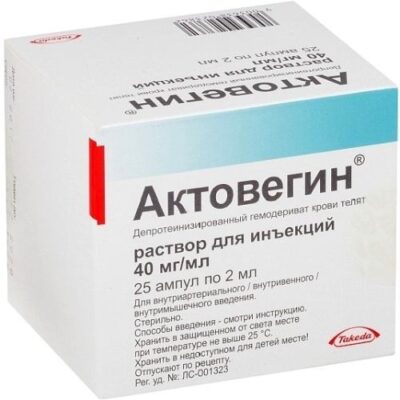
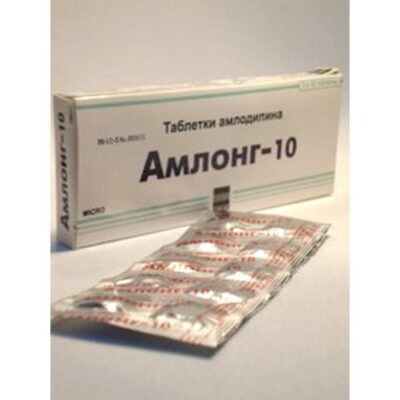
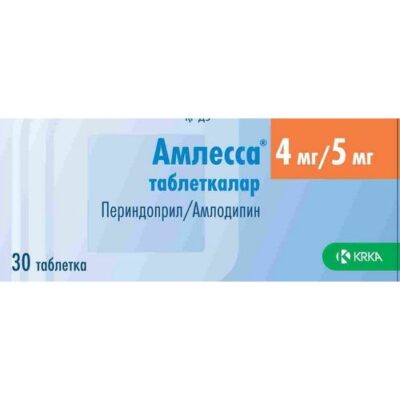
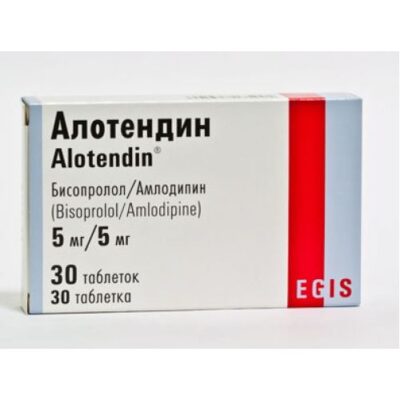






Reviews
There are no reviews yet.